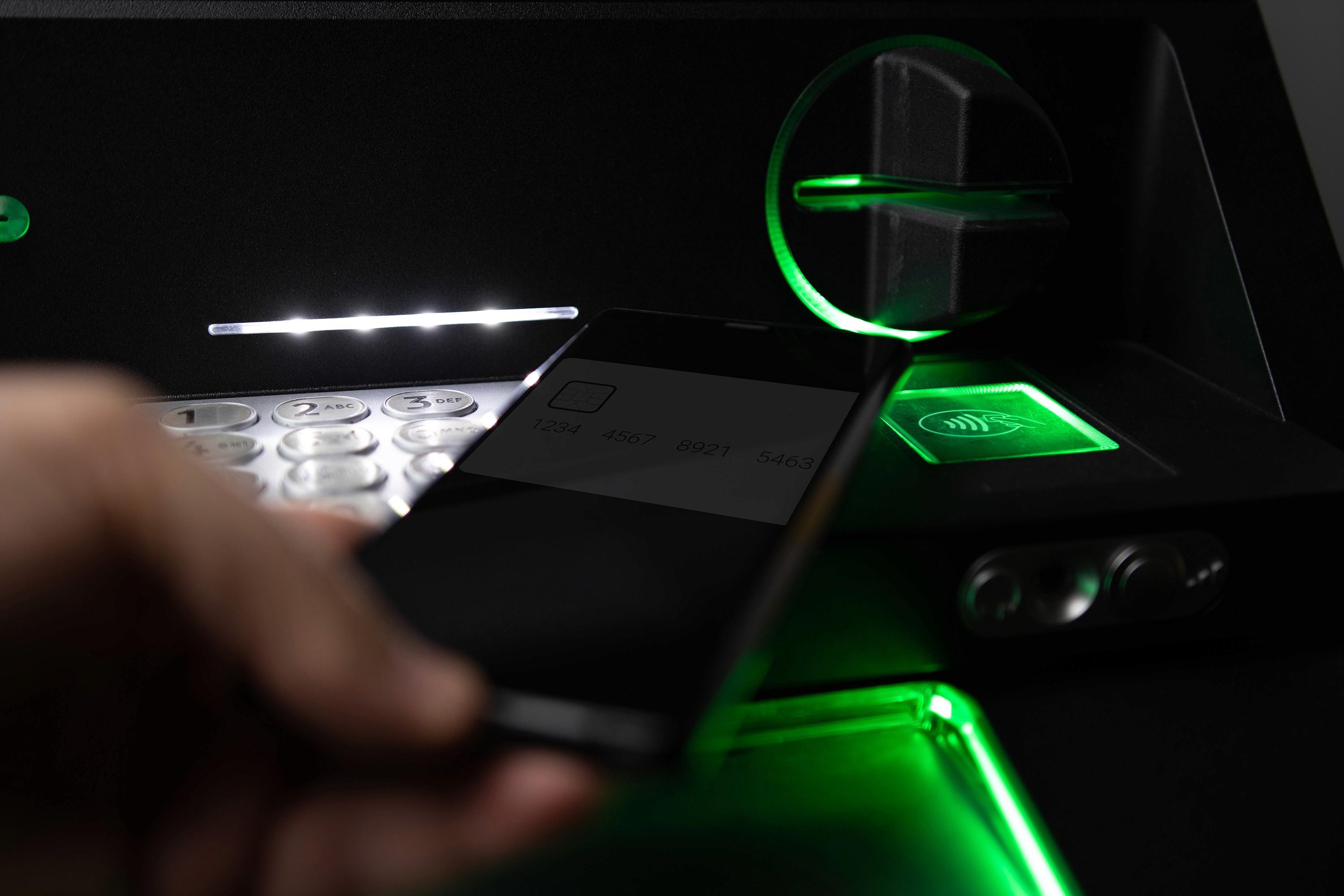In a world where speed and security drive consumer choices, contactless EMV payments have emerged as a game-changer. This technology offers a seamless "tap-and-go" experience, eliminating the need for physical contact during transactions. But what makes contactless EMV so revolutionary? Whether you're a business owner or a curious consumer, this guide will walk you through everything you need to know—from how it works to why it's rapidly becoming the preferred payment method worldwide.
What Is Contactless EMV?
Contactless EMV (Europay, Mastercard, and Visa) uses near-field communication (NFC) technology to enable secure and convenient transactions. Instead of inserting your card into a terminal, you simply tap it on a compatible device. The technology also works with mobile wallets and wearables, making it incredibly versatile.
Why Is Contactless EMV Taking Over the Payment Landscape?
Lightning-Fast Transactions: With payments completed in seconds, contactless EMV is redefining convenience.
Unparalleled Security: Advanced encryption ensures that each transaction is unique and nearly impossible to hack.
Touch-Free Experience: In a world reshaped by hygiene concerns, contactless payments minimize physical interactions, enhancing customer comfort.
Frequently Asked Questions
1. Is Contactless EMV Safe?
Absolutely. Contactless EMV technology employs dynamic cryptograms that are unique to each transaction, making card cloning and fraud highly unlikely. For added protection, PIN authentication is typically required for larger transactions.
2. What Are the Spending Limits?
Spending limits vary, but most countries cap contactless transactions between $50 and $100 before additional verification is required. Some banks are increasing these limits as consumer trust and demand grow.
3. How Does It Benefit Businesses?
Improved Customer Satisfaction: Faster checkouts mean happier customers.
Reduced Operational Costs: Less cash handling translates to fewer administrative expenses.
Future-Proofing: With contactless adoption rising globally, businesses that embrace the technology stay ahead of competitors.
4. Can My Card Be Scanned Without My Consent?
While this concern is common, unauthorized scanning is extremely unlikely. NFC technology has a very short range (usually less than 4 cm), and encrypted data makes interception nearly impossible.
5. What About Integration with Mobile Wallets?
Contactless EMV integrates seamlessly with mobile wallets like Apple Pay and Google Pay, giving users even more flexibility and convenience.
The Unmatched Benefits of Contactless EMV
Global Acceptance: Major networks like Visa and Mastercard ensure worldwide compatibility.
Enhanced Security: Dynamic data encryption makes it vastly safer than traditional magnetic stripe cards.
Eco-Friendly Payments: Reducing the reliance on cash helps cut down the carbon footprint associated with cash production and handling.
Wearable Integration: Smartwatches and fitness bands that support contactless EMV add a futuristic, hands-free touch to payments.
Tips to Make the Most of Contactless EMV
Upgrade Your Payment Terminals: Ensure compatibility with NFC technology to support all forms of contactless payments.
Educate Your Customers: Use in-store signage or online FAQs to highlight the safety and convenience of tapping to pay.
Analyze Transaction Data: Leverage payment analytics to understand customer trends and optimize your offerings.
Collaborate with Trusted Payment Providers: Choose reputable companies for seamless technology integration and reliable support.
Conclusion
Contactless EMV isn’t just a passing trend it’s the future of payments. Offering unmatched speed, security, and convenience, it’s transforming the way we handle transactions. Whether you're a business looking to stay competitive or a consumer seeking a safer, faster payment method, contactless EMV delivers on all fronts. As adoption continues to soar worldwide, the question isn’t whether you’ll use it it’s when.

